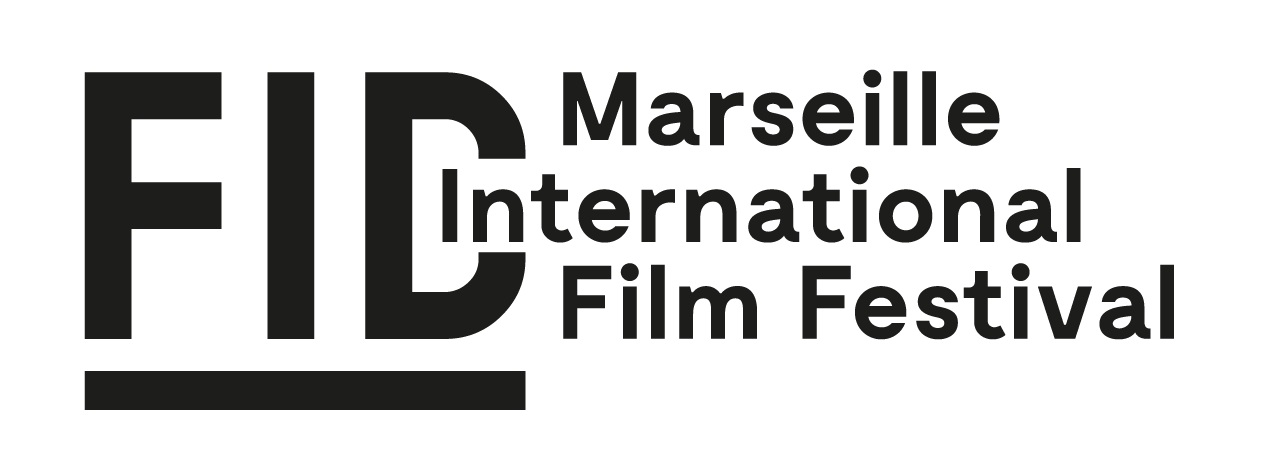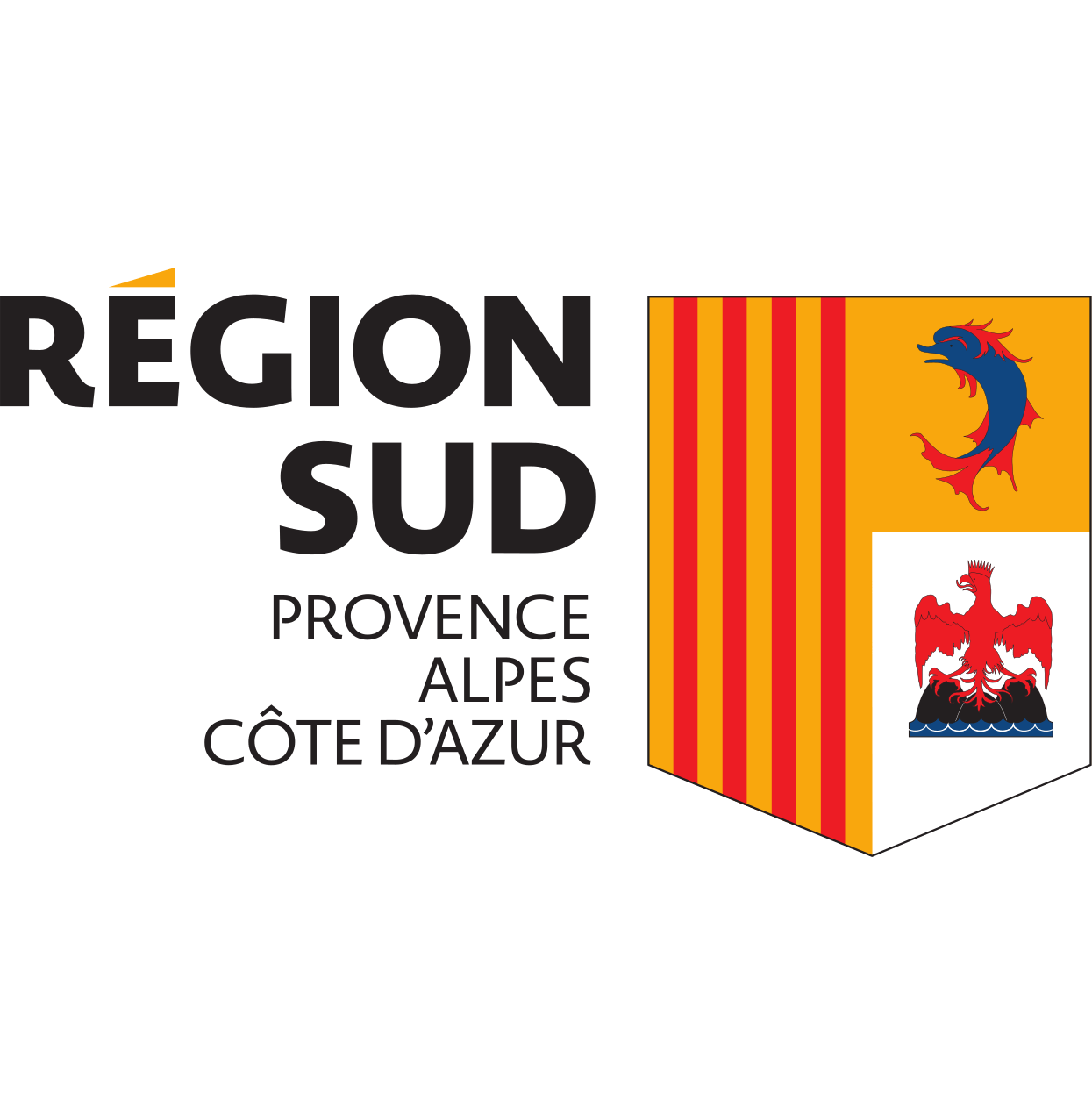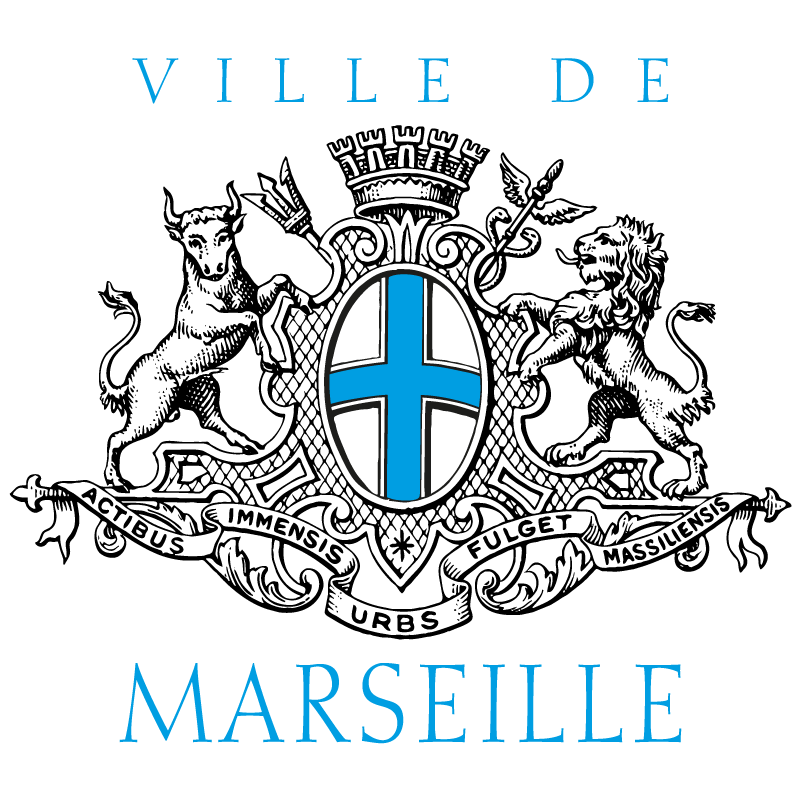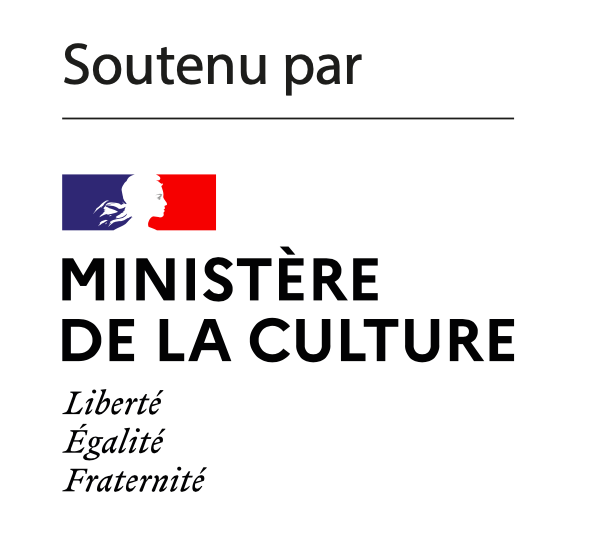Río Turbio est le nom d’une ville minière située dans la Patagonie argentine. Où les femmes sont interdites de descendre dans les puits en raison du mauvais sort qu’elles y transmettraient. Histoires de sorcières dont la fonction bien connue est de mettre au ban les femmes, contre quoi Tatiana Mazú González, originaire de cette ville, part en guerre. Une entreprise aussi précise que déterminée, sous les auspices du fameux De la guerre de Clausewitz qui scande ce film aussi calculé qu’un tir, à l’instar de cette photographie représentant une femme pointant un fusil qui peu à peu s’imprime sous nous yeux dès les premières images. Fabriquer une image donc, en sortant des stéréotypes, et donner voix à ces femmes que la tradition masculine (locale ?) relègue au second plan. Avec en point de mire, cette mine interdite que l’on verra peu (rares images d’archive avec des hommes), matricielle, inaccessible, alors que se déploient des paysages silencieux à la beauté lugubre, en longs plans fixes, comme étouffés, sous la neige, dans la brume, sous la glace à briser. Et des voix de femmes, leurs récits de lutte, combat les concernant, mais visant tout autant les conditions de travail dans la mine meurtrière. Dire, écouter, transmettre, comme le suggère cette radio mise en place par ces femmes, sans cesse évoquée, ou cet étrange enregistreur disposé au sol ça et là dans le film. Une avancée qui se fait au rythme d’une chronique, celle de ce film à faire, au fil des échanges que la réalisatrice a avec sa tante. Le parti, on l’aura compris, est celui de jouer de visibilités et d’invisibilités, d’écoute et d’empêchement, tandis que se dévoile peu à peu la machinerie de la mine, absente, par l’entremise de dessins à la précision clinique. Question de régime d’image, de cadre et de hors champ, et de possibilité de représentation pour cette communauté réduite au dehors, jusqu’à la dédicace finale, contre cette rivière aux eaux troubles du titre. (N.F.)
- Compétition Internationale
- 2020
-
 Compétition Internationale
Compétition Internationale
- 2020
Río Turbio
Interview with Tatiana Mazú González
1/ In Shady River, named after a mining town called Río Turbio located in Patagonia, you mix family history, especially your aunt’s, and a collective story of women, inscribed in this mining town. How did you come to mix these two levels?
Río Turbio is what’s called « a town of men » and I think of it as a condensation of what the bourgeoisie has turned into the world we inhabit: a sordid mix of destruction of nature with oppressions of class and gender. Personally, it’s the town where my grandmother paradoxically ran away in search of some kind of freedom, and now my family lives there. But it’s also the place where the boy who sexually assaulted me grew up. The initial motivation for making this film is to pull the movement from intimate memories – which in the end never cease to be fragments of history on a large scale – towards the encounter with the women who live daily in that landscape and fight to transform it.
2/ The night, the mist, the snow, the ice are the material of the landscapes you film, in fixed shots. Why these choices?
Sometimes I do the cinematography for my films. I shoot long shots, waiting a little while for the unpredictable. It is due to a certain meditative character that interests me in that passage of time behind the camera. Something of that order happened when I found these hostile and empty spaces that spoke of the silenced place of women. In some ways, it was a performative challenge to be filming so many hours in that kind of outdoor environment, where people and mostly women tend to take refuge from the low temperatures. Over time, I’ve discovered a cinematographic grammar of my own that has led me to develop an affective relationship with the camera tripod, always fixed and at the height of my eyes. A little bit even standing with a certain firmness in front of what surrounds me: « Well, now I’m waiting for what reality is going to give me, without getting physically tired or thinking about choreographies ». I’m very short, very small. So I perceive the world quite from below and I don’t have much physical endurance. I think of that need for men to take up even more space than they already do in the world. I think it’s a camera decision that talks about all that happens to me, but it’s also a metaphor for the place of resistance that the women of Río Turbio have had to consolidate over time.
3/ Between the silence of the places and the stories of the women offscreen, there is also a kind of ‘recorder’, which punctuates the film, and a radio. Can you tell us how you conceived and worked the very specific sound aspect of the film?
Shady River is a film about silence. The first materials I started working with were mute. So, this political notion of the silenced was also present from the beginning. For all this, the work with Julián Galay started very early, when the film was still an idea. I knew that I didn’t want to limit the film to a comment on that stillness, because I’m especially interested in staging stories of resistance. And then I find out that my aunt was taking part with other women in the consolidation of the first feminist radio program in town. And there appeared the reason for the word to enter the film and, with it, a whole spectrum of conflicting sound textures from the radio world. I think that the film unfolds a kind of triangle where sound, noise and voice compete and contradict each other. A bit like this we tried to face the editing process together with Sebastián Zanzottera. First, we listened to the interviews that we had carried out in the town. We started from silence and we were structuring it from the primary intervention of noise, always knowing that at some point the voices would begin to emerge. The audiovisual editing process itself was influenced by the specific weight to which a woman has to raise her voice in this world.
4/ Few people on the screen, except a few mute female figures, at home. Can you explain this choice to separate voices and bodies, as well as the use of the text?
Throughout our stay in Río Turbio we talked in depth with twelve women, close in one way or another to my aunt. Although their stories are heartfelt, thorough and warm, it was always important to me to work with their voices rather than their faces. I was interested in running from that classic tyranny of the foreground, which makes us think that we have to see someone in order to empathize with his or her emotions and experiences. I was also interested in working with the audience’s desire to see them. Neither did I want to individualize, because I wanted to think about the structural, those resonances that cross in different ways all the women who inhabit Shady River and whose stories touch at different points.
5/ Sometimes, some rare archives seem to disturb the film. How did you conceive this aspect?
The film started through a series of notes on different archive materials that I came across over a month and a half. First, the VHS of a childhood vacation in Río Turbio. That’s the moment when I inadvertently see, after many years, images of this boy who had abused me. Then, I found a photo of my grandmother holding a shotgun in the middle of the field. When I tried to scan it, the device pixelated it over and over again. Those broken materials told me about a silenced story. Walter Benjamin says something like the past is waiting for the present to redeem it from its oppression. I think there’s something of that also operating in the way we were assembling the footage with contemporary materials and stories. Those rare broken archives that guide the film have a little to do with all this: a film that’s an open wound, a little bit inaccessible and a little bit denied, like the secrets that we keep.
6/ Among the motives of the film, a lot of technical drawings, sketches, all magnificent. Where do they come from? Why this insistence?
In the arsenal of still images that the film unfolds, I think there’s something very present in my training as a visual artist. Over time, I developed a kind of obsession with scientific illustration as a discipline, with the macro and microscopic representations of nature, with the minimalist poetry of diagrams. The film started to be a movie when I found a manual of underground geology lying on the street. Much of the images that I found abandoned are part of the film today. And, somehow, they were guiding me in the search for other similar materials typical of architecture, anatomy, and physics. These drawings appeared to me like a kind of hieroglyphs that make an indecipherable comment throughout the film. Perhaps the plans of some hidden organization conspire to shake the structures of what oppresses and hurts.
7/ You evoke a local myth, signaling a ban on women, and the chapters of the famous On War by Clausewitz punctuate the film with an explicit final dedication. Film as a weapon?
I’m a political activist. The cinema that interests me is the one that embraces the tension between a programmatic militant cinema and experimental cinema. I think about how certain radical forms can somehow tear that veil of anesthetic normality with which the hegemonic powers are covering the disaster that they leave behind. But cinema is not enough to change the world, and that’s why perhaps I like to think of it as a tool rather than as a weapon. A political and economic revolution is needed – and real weapons. I do believe that cinema can and should be part of these demolition processes and there are beautiful examples in history.
Interviewed by Nicolas Feodoroff
-
 Compétition Internationale
Compétition Internationale
Fiche technique
Argentine / 2020 / Couleur et Noir & blanc / HD, 8 mm, DVCAM, 16 mm, Dolby Digital / 81’
Version originale : espagnol.
Sous-titres : anglais.
Scénario : Tatiana Mazú Gonzalez.
Image : Tatiana Mazú González.
Montage : Sebastián Sanzottera.
Son : Julián Galay.
Production : Florencia Azorín (Antes Muerto cine).
Distribution : Antes Muerto Cine.
Assistant réalisateur: Manuel Embalse.
Design graphique : Sofía Mazú González.
Etalonnage : Daniela Medina Silva.
Mixage sonore : Hernán Higa & Alan Fridman.
- Autres films / Compétition Internationale








